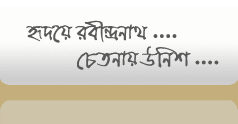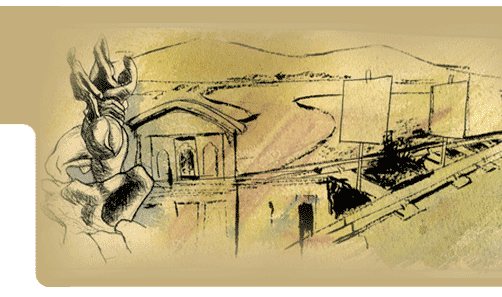





History
| Latest News |
T
homas Stearns Eliot speaks of ‘Contrived corridors and cunning
passages of history’. So, there is nothing unusual if
socio-cultural boundary of a region does not conform to the political
identity imposed on it at a given point of time through a trick of
history. Three southern Assam districts of Cachar, Karimganj and
Hailakandi, commonly known at present as the Barak Valley, is a pointer
to this fact. Also, the region differs in all respect from other units
of Northeast India.
Geographically, linguistically, culturally and socially, the Barak
Valley is an extension of the eastern Bengal. In 1874, when Assam was
organised as a province by the British, two Bengali speaking districts
of Sylhet and Cachar was carved out of the Bengal Presidency and
incorporated in Assam to meet the revenue deficit of the newly formed
province. The twin districts were then placed under a Commissionership
and came to be known as Surma Valley division. In 1947, the major part
of the Sylhet district was transferred to erstwhile East Pakistan. The
remaining part of the Surma Valley division is now known as the Barak
Valley which has since been organised into three districts of Cachar,
Karimganj and Hailakandi within the state of Assam. But, for all
practical purpose, ‘the Surma Barak Valley (i.e. the pre-independence
districts of Sylhet and Cachar) forms a single cultural unit since time
immemorial’. This is how Dr. Sujit Choudhury, an eminent social
scientist and activist from Barak Valley introduces the dichotomy
between political boundary of present day and socio cultural legacy of
the past. All kind of activities, from creative to historiography thus
earns the status of activism in the context of above. While the forces
in the power apparatus of the state of Assam till date seek to undermine
and distort the linguistic character of Barak Valley, people in general
and the activists in academics and performing art in particular,
endeavour to uphold the cultural uniqueness of the land. Though
Assamese-speaking people in Barak Valley form a microscopic section of
the population and again the major section of them are basically
temporary residents on postings in government jobs, the website of
Government of Assam declares Assamese as the major language of Barak
Valley despite Bengali being the official language of these districts.
A study of history of Barak Valley, both of ancient and modern times,
thus acquires importance in the light of the never ending saga of
linguistic aggression.
1) Literary Composition:~
(a)The Barak Valley : A Historical Outline - Sujit Choudhury
2) Short Biographies
3) Archival Records:~
(a)Boundaries of the district of Cachar and North Cachar Hills as published in the Assam Gazette dated 26th June, 1875 and 10th May, 1884 respectively